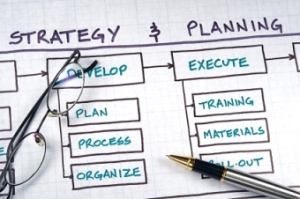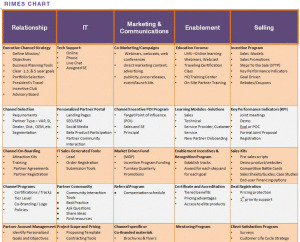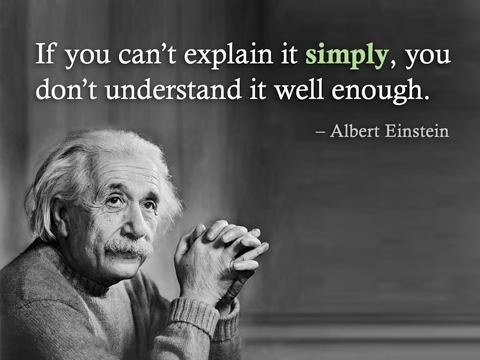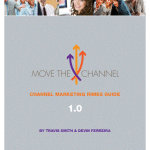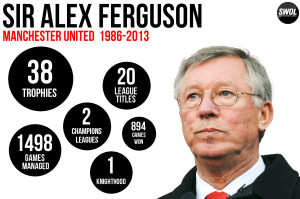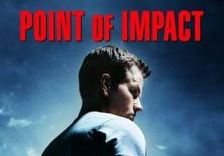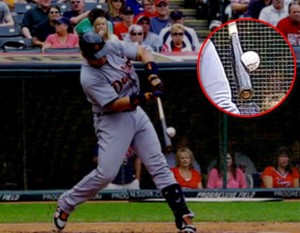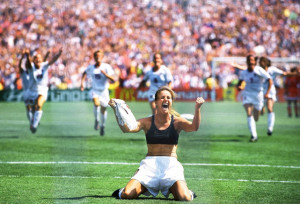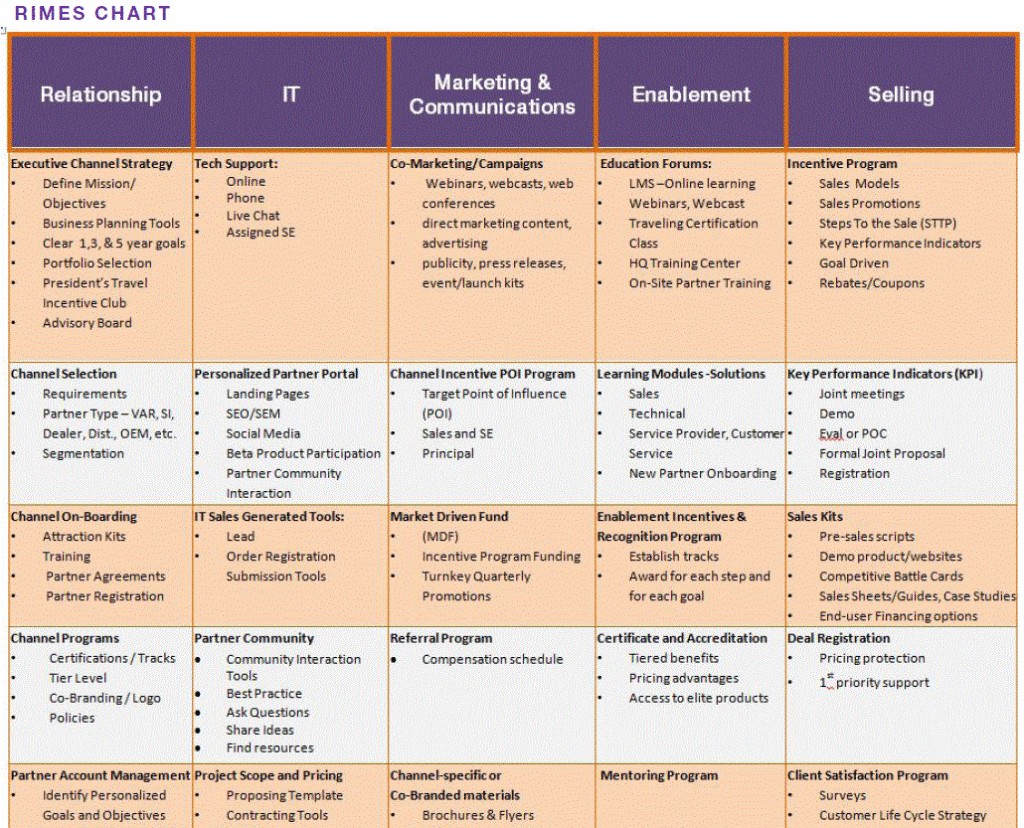 This past weekend my wife graduated from The Ohio State University with her PhD. She is now embarking on her new career as an education professor working with and preparing future teachers. Her expertise is in science education, and she cares deeply about improving science education experiences, teaching and learning for all children.
This past weekend my wife graduated from The Ohio State University with her PhD. She is now embarking on her new career as an education professor working with and preparing future teachers. Her expertise is in science education, and she cares deeply about improving science education experiences, teaching and learning for all children.
In her dissertation dedication she references one of her favorite quotes by Yeats, and one she applies in her teaching,
“Education is not the filling of a pail, but the igniting of a flame.”
As always, when I hear such a powerful and moving statement I try to see how that statement might be applied to moving the channel.
All too often we fill our partners pails with discounts, co-marketing programs, trainings, and everything else that may be on our partner program checklist with hopes that this ‘pail filling’ will be the ignition we are seeking. To take a step back and examine the pail, have we drenched the partner to the point of stifling the partnership? Don’t get me wrong, filling the pail with a well-designed partner program is the foundation for a successful and fruitful partnership. But a foundation is just the beginning.
Lets deliver and communicate a world-class channel program and benefits, but then turn our efforts to understanding our partner’s needs, challenges, opportunities, and passions. If we can get to know our partner and what drives them we can “ignite” the partnership into a greater business opportunity than ever imagined.
Are you only filling your partners pail? Where is the source of ignition with your partner? How do you “ignite” your partnership into growth and profits?
As always, send me a note with your thoughts and feedback.
Move the Channel,
Travis
